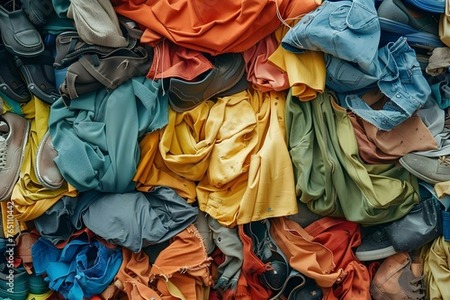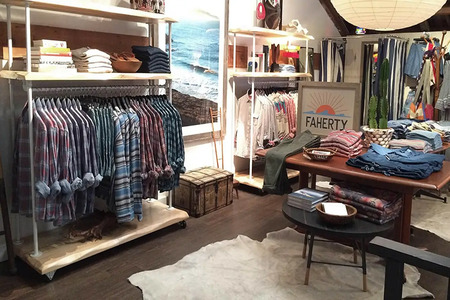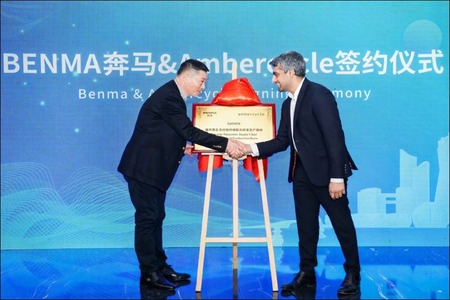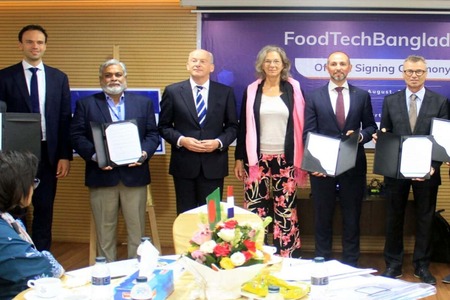Traditional Uzbek textiles make way to the fashion world
YarnsandFibers News Bureau 2015-09-26 10:00:00 – USATraditional weaving methods are thriving again in Central Asia with the colourful fabrics appearing now on the runway shows of major fashion houses, Rosie Gibson specializing in traditional embroidery techniques for fashion and historical costume predicts Uzbek textiles to be the new trend for 2016.
There is a common assumption that the traditional textile practices belonging to non-Western cultures are dwindling at the hands of globalisation. In the case of Uzbekistan and its sericulture (silk making) this is untrue. The allure of the Silk Road is never far from mind in the Fergana Valley, where fertile land, colourful bazaars and mulberry-lined roads meet at Uzbekistan’s industrial hub, which manufactures and exports silk internationally.
Central Asian silk in the national textiles of Uzbekistan, one of the fabric is embroidered with silk threads, called suzani and another called ikat, which is woven with hand-spun silk yarn. Every suzani (translated from Farsi, meaning simply “embroideryâ€) has a story to tell. Each suzani is identifiable from region to region according to the techniques and motifs used.
Ikat weaving has emerged from different parts of the world independently, and no one really knows the original source of this complex technique. However it is ikat from Uzbekistan, defined as abrabandi, meaning “bound cloudâ€, which is the most captivating, using a resist dye process whereby the warp yarns (vertical threads) are bound and dyed by hand before being woven with the weft yarns (horizontal threads).
The Yodgorlik ikat factory is an unassuming collection of sheds and outhouses in the typically dusty city of Margilan in the Fergana Valley. Here, the artisans of a new Silk Road hone their skills to become masters of their craft, producing silk ikat to be sold internationally, including to fashion designers — Yodgorlik wove silk ikat for Gucci's Spring Summer 2010 collection.
Gossamer threads unravelled from the cocoon of the silk worm are spun into the finest raw silk yarn, and bundles of silk threads were hand painted and dyed using the relief technique, peculiar to abrabandi ikat, before being woven on hand looms.
Though the beauty of a true woven abrabandi ikat is unmistakable, the production methods require many man hours and resources and are especially reliant on the dexterity of the master workers. Printed ikat designs have become far more conventional and are often worn by Uzbeks themselves, who can't afford the premium quality imparted by pure silk fabrics.
Baja East's printed “ikat graffiti†has become something of a signature for the brand, which creates collections with an ambisexual, post-gender vibe from its New York studio. With this in mind, Baja East are re-interpreting ikat designs for their contemporary customers — bloggers, models, cool globetrotters. In fact, the construction of their garments, which the pair behind the brand have dubbed “loose luxury†— often drapey, tunics and harem pants — could also be a direct nod to the kind of nomadic, caravan lifestyle of bygone Silk Road traders.
Fashion brands have consistently sought the textiles of Uzbekistan, and the dexterity of the New Silk Road craftsmen is embedded in their heritage. While both suzani and ikat remain important cultural and household items in Uzbekistan, the current trend for sustainability, craft and ethical products has helped spark a revival of Uzbek textiles in international fashion.
At the New York and London Fashion show, Reem Acra and Osman presented two such collections, where each designer brought their own multi-cultural heritage to bear on Central Asian textiles with their individual handwriting and styling. Reem Acra, who hails from Lebanon but resides in New York, used decorative suzani style embroidery in her collection, while Osman, born in Birmingham to British/Afghan parents, used ikat weaves in his.
Just as the Silk Road was once a pathway for cultural exchange, today in the melting pot cities of London and New York these traditional textiles are taking on a contemporary resonance. The stage is set for the artisanal weaves and embroideries of Central Asia to make their mark on the catwalk once more.
Market Intelligence
Ask for free sample Report

experience
Customer Base
dedicated team
Countries Served Worldwide









